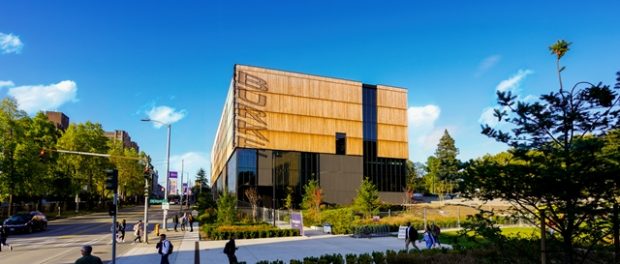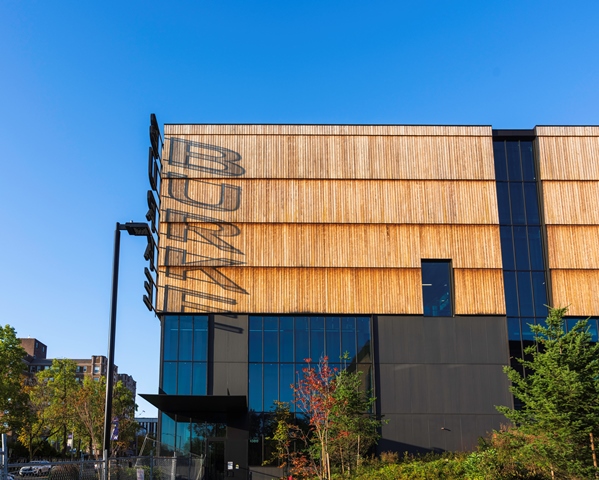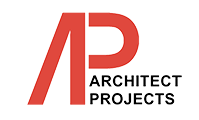Recently completed Burke Museum in Seattle features striking Kebony-clad façade

Kebony, a global leader in the production of sustainable modified wood, announced the completion of the 105,000 sq. ft. Burke Museum of Natural History and Culture at the University of Washington campus.
The Burke is the oldest public museum in Washington State, with a collection of more than 16 million artifacts and specimens, ranging from totem poles and gemstones to dinosaur fossils. The mission of The Burke Museum is to care for and share natural and cultural collections so all people can learn, be inspired, generate knowledge, feel joy, and heal.
Designed by principal Tom Kundig and built by Skanska, the recently built facility features brand new exhibits, research facilities, and a new approach to discovery and learning about history and heritage in the Pacific Northwest. One key design goal for the building was to create maximum transparency, making every part of the Burke exposed and part of the visitor experience. Installed by Sessler, Inc. the Kebony Character modified wood cladding encompassing the museum provides a natural and inviting exterior that speaks to The Burke Museum’s core values of environmental stewardship and excellence.

Image Credit: Ben Roberts
Developed in Norway, Kebony’s revolutionary technology is an environmentally friendly and patented process which modifies sustainably sourced softwoods by heating the wood with furfuryl alcohol – an agricultural by-product. By polymerising the wood’s cell wall, the softwoods permanently take on the attributes of tropical hardwood including high durability, hardness and dimensional stability. This unique process also provides Kebony with its characteristic appearance, which only grows more beautiful with time.
Because the Burke’s collection is so wide-ranging and continues to grow, the new building needed to serve as a coherent, effective container that would allow for flexibility over time. In late 2019, the Burke re-opened after being completely renovated and reimagined from the inside out.

Image Credit: Ben Roberts
While previous iterations of the museum were opaque and disjointed, Olson Kundig, the Seattle-based architectural firm who designed it, sought to make the institution’s new home transparent and united in its facilities. Labs and gallery spaces, for example, are separated by panes of glass to provide visitors with the opportunity to see roughly two-thirds of the items kept on storage shelves as well as “behind-the-scenes” paleontology.
